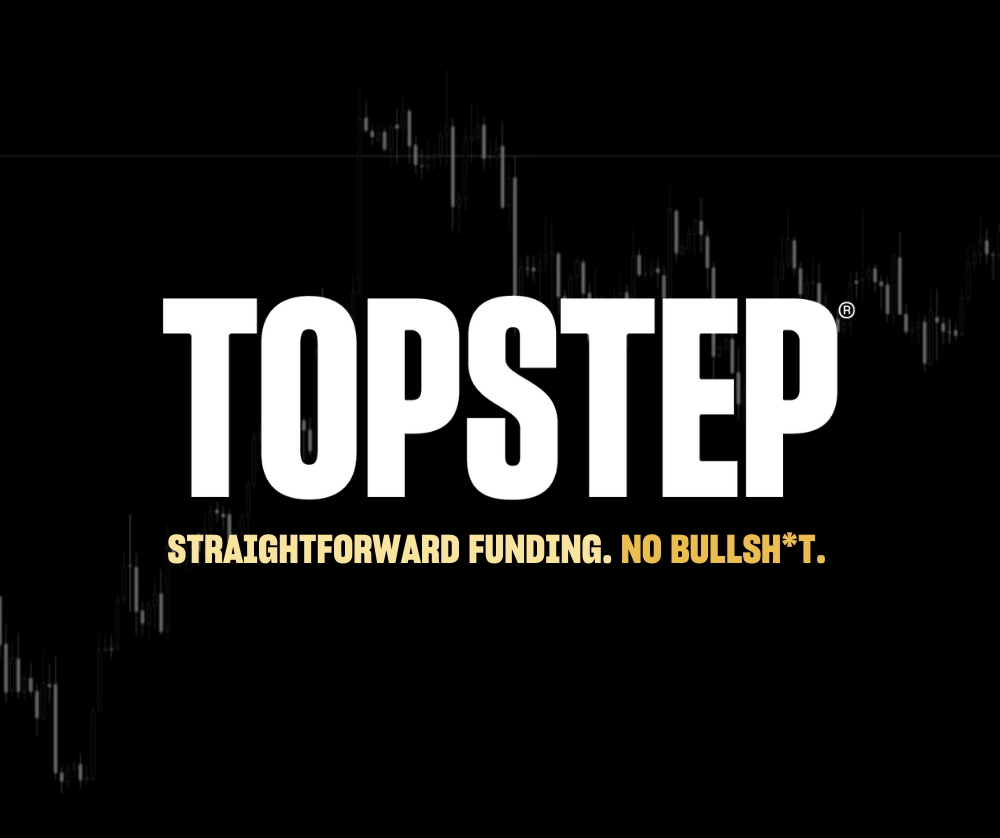Arbitrage is one of the most influential but commonly misunderstood factors that drive price activity in modern futures markets. Understanding how arb trades work can give you an edge regardless of your trading approach.
A successful arb, in the simplest of terms, is the instantaneous, or near instantaneous, purchase of one product and the sale of another that results in a profit but a net zero position. Popularly traded products, such as the S&P 500 futures, that offer side-byside open outcry and electronic trading provide some of the best opportunities to execute arb trades today. Floor traders frequently are in position to take advantage of price discrepancies that occur regularly in the two separate marketplaces.
These regular discrepancies create arb opportunities throughout the trading day. With a basic knowledge of the simple terms and procedures used we can break down this trade, show how it affects prices, and broaden our understanding of a major influence on these markets.
MANY FACES
Arb opportunities can present themselves in many different forms. There are arb situations that occur because the market is slow and situations that are available only because the market is extremely busy and moving fast.
One arbitrage opportunity that was popular recently was the spread between cash currencies and futures. Back in the 1980s and early 1990s, banks and institutional traders would arb the interbank cash markets and the futures traded in the pit. As prices diverged, traders would buy the cash and sell the futures for instant profit. While this type of arb certainly was the predecessor to the arb of today, the two are different in many ways.
However, before we get into the specifics of modern arb trades and the influence on the markets, we need to understand the basics.
First, we have the trading pit. The trading pit is the arena where all open outcry orders are executed, or filled. The pit has three types of participants, filling brokers, locals and arb locals. Filling brokers execute trades for customers. Locals attempt to scalp the middle out of each trade by buying the bid and selling the offer. Arb locals only trade when an arb opportunity is present. Arb locals rarely hold a position for more than a second, if that long. They are in constant communication via wireless headset to another local who is sitting in front of a Globex terminal located around the perimeter of the pit.
The bid and offer are commonly misunderstood. A bid is not any buyer, and an offer is not any seller. A bid represents a buy order of a certain quantity at a certain price. An offer represents a sell order of a certain quantity at a certain price. The current bid/offer represents the narrowest spread between buyers and sellers. The difference between the bid and the offer is the spread. Trade occurs when the bid and the offer find a price within the spread they both agree upon or when a third party enters the equation and executes a trade at the standing bid or offer.
Differences in prices and tick values are necessary for the arb to occur. For instance in the S&P 500 futures, pittraded contract prices change in 0.10 increments, such as 1192.20 to 1192.30. The cash value of this change (tick) is $25.00. The E-mini contract is one-fifth the value of the pit-traded contract and it ticks in 0.25 increments such as 1192.00 to 1192.25 (see “Different ticks,” below). Even though the move is bigger, the contract value is smaller, so the cash value of this one-tick move in the E-mini is $12.50, or half the value of a one-tick move in the pit-traded contract. It’s primarily contract size and tick size that create the opportunities.
SLOW AND STEADY
Arb groups are usually made up of just two traders. One trader stands in the pit, being constantly fed bids and offers on where the E-mini is trading. When the E-mini contract is showing a 1249.25 bid, the arb locals in the pit are all showing a 1249.20 bid. If paper comes to the pit to sell at the market, the filling broker will sell to the locals showing the 1249.20 bid.
Immediately after buying the 1149.20s in the pit, the second member of the team, who sits in front of an E-mini terminal, sells the 1149.25s in the E-mini on the screen. Because the ratio is five E-mini’s to every one S&P, he needs to sell five mini’s for every one contract his partner bought in the pit. If an arb local buys 20s in the pit and sells 25s on the screen, he has made 0.05 per contract, which is a total profit of $12.50 for that trade.
Arb locals would also try to buy at 1249.70 when the market in the E-mini is showing a 1249.75 bid. Or on the sell side they would try to sell at 1249.80 when it is offered in the E-mini at 1249.75.
In theory, the arb is a guaranteed moneymaker. In reality, the trade requires a great deal of discipline, skill, patience and the ability to adapt to constantly changing market conditions. These examples are simple but it doesn’t always work out that way.
Arb locals are not without risk. After buying the pit contract at 1249.20, they need to sell at 1249.25 to make the tick. If they miss the 25s and end up selling the 1249.00s, they go from a profit of $12.50 per contract to a loss of $50.00 per contract. To be a successful arb local, you need to be in constant communication with your partner, who’s watching the E-mini screen and can immediately execute the other leg of the spread for a profit or minimal loss. The speed in the communication between the two is essential to avoid missing the second leg of the trade. This coordination occurs hundreds of times a day and has in many ways added liquidity to the pit.
FAST AND FURIOUS
The basic or slow arb trade is just one of many that arb locals capitalize on regularly. Another type of arb, the fast arb, presents itself when the market makes a sudden move up or down. If a broker in the pit is working a limit order to pay 1249.60 on 50 contracts, arb locals would be offering 1249.80. Why are they offering the 80s? The most likely reason should be clear: 1249.75 is probably the offer in the E-mini.
But what if something causes the E-mini market to drop abruptly, which is often the case when a large sell order hits the screen or the pit? Say the Emini drops to 1249.50. The arb locals now have a chance to sell to the limit order in the pit at 1249.60 and buy the new offer on the screen at 1249.50. In this case, the arb local has to be aggressive to get the filling broker to trade with him. If he does, he has completely exploited the arb; this is the closest anyone will ever get to free money.
OVERFLOW EFFECTS
While the arb affects price activity in many ways, there are two specific results are worth examining. The first is the arb slows a very fast moving market, reducing volatility. The second is though many traders believe the electronic markets lead the floor, the arb creates this illusion that the E-mini contract leads the pit when the opposite is true.
To demonstrate, assume that the spread in the pit is 1249.50 bid at 1250.00 offer.
Five years ago when most S&P 500 orders were still executed in the pit, if a larger firm such as Morgan Stanley had large quantities to sell, say 500 contracts, the order almost always would push the price dramatically lower. This is called slippage. Depending on the market conditions and the size of the large order, slippage could be anywhere from one to three full points, or from 1250.00 down to 1247.00, before all contracts were sold.
But now that the E-mini has achieved a critical level of liquidity slippage has been reduced dramatically, sometimes to as little as half a point for a 500 lot order. This can be attributed to the arb locals in the pit having access to the E-mini contracts, which allow them to take a profit on a trade that without the E-mini would have been a loss.
Before, many locals were forced to step aside when such orders came into the pit or risk getting run over. No one wants to be the first buyer of a large sell order. As the order is laid off into the market, it eats up all the current demand. The game was anticipating the last chunk of the big order, anticipating the eventual surge higher. Now, when a large firm has a big order it tends to have much less impact on the market. Instead of having to get out of the way, locals can provide a bid that is just below that of the existing bid in the E-mini. If the seller gives to their bid, the arb locals immediately sell the E-mini to lock in a small profit. The arb trade, in turn, provides a market for the market makers. It enables locals to create a winning trade for a very small profit out of a trade that in the past would have been an immediate loser.
The illusion this creates to traders off the floor is that the E-mini contract leads the pit, but the opposite is true. When a large sell order hits the pit it is the arb locals selling the E-mini contract to lock in small profits that you first see on the screen. Traders off the floor see the bids getting hit in the E-mini and then prices moving lower in the pit. This also creates the illusion that it is initiative action in the E-mini contract when it is actually responsive.
HISTORY LESSON
The markets have gone through many changes since the introduction of electronic trading. The arb has become increasingly popular and will continue to grow in popularity as the depths of the market increase on the electronic platforms. The changes the market has gone through as a result of electronic trading are not always obvious to many day-traders and the effects the arb has on price activity within markets that offer side-by-side trading often similarly go unnoticed.
It’s important that these traders understand the influence this type of trading has to recognize potential pitfalls as well as profitable opportunities. No matter what product you trade, you need to obtain all the information possible that affects it.
With new derivatives products coming online all the time — futures, options, ETFs, options on ETFs, futures on ETFs, etc. — based on the same or similar underlying, it creates more arbitrage opportunities. By understanding the fundamentals of the arb trade in the S&P 500, even if that trade is not as viable as before, traders can equip themselves to take advantage of these new opportunities as they appear.
Ben Lichtenstein is the president of TradersAudio.com and a member of the Chicago Mercantile Exchange.




